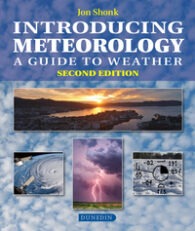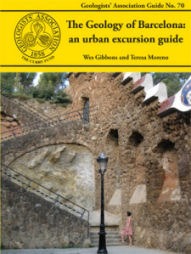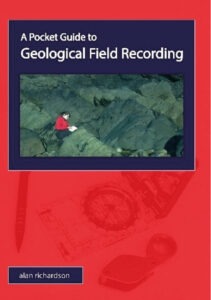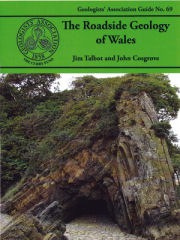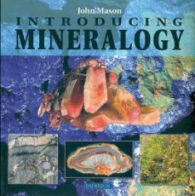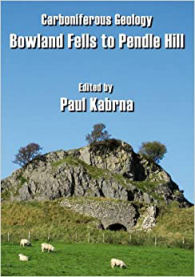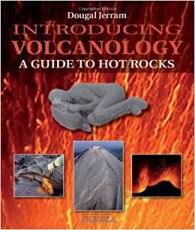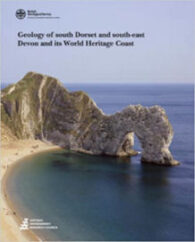The format of Dunedin books is always the same – authorative, but easy to understand text, interspersed by bold, full colour diagrams and photographs. And the topics of oceanography and meteorology certainly complement each other. The planet is two-thirds covered by water and the energy it contains massively affects the way the Earth system (especially climate) works.
